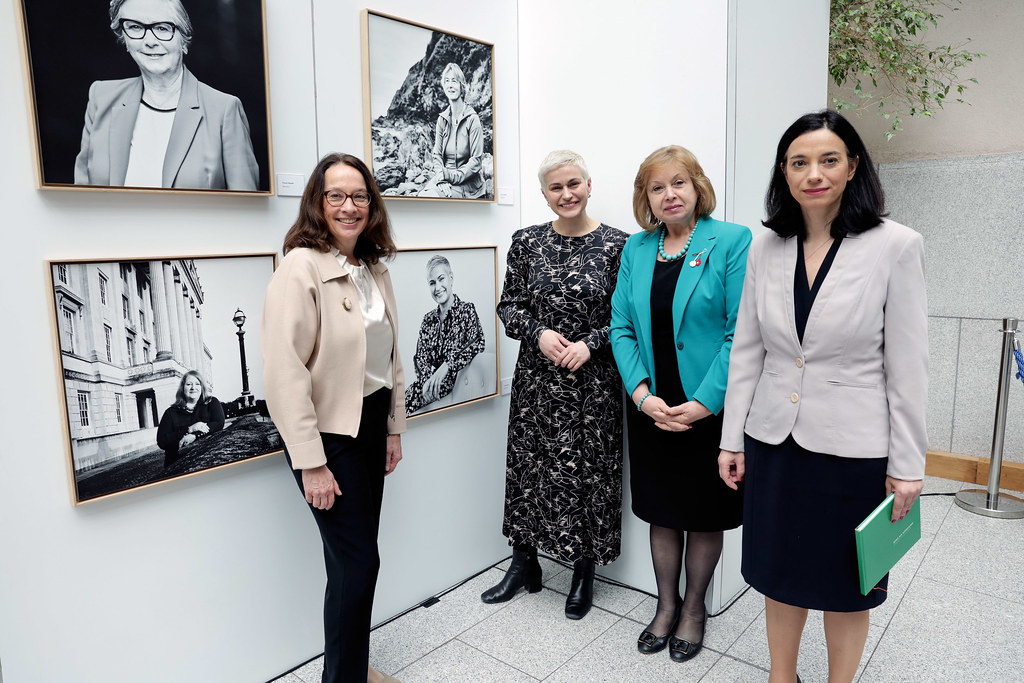Context:
A study conducted by Bias Watch India has revealed Low Representation of Women in STEM Faculty in India.
Key Findings:
- Despite significant contributions by Indian women in science, only 13.5% of STEM faculty members in 98 Indian universities and institutes are women.
- Lack of awareness, funding, and biases are major factors that contribute to the underrepresentation of certain groups.
- Women are significantly underrepresented in highly esteemed institutes such as IITs, IISc, and TIFR.
What is STEM?
STEM is an educational program developed to prepare primary and secondary students for careers in the fields of science, technology, engineering and mathematics (STEM). In addition to subject-specific learning, STEM aims to foster inquiring minds, logical reasoning and collaboration skills.
Representation Across Disciplines:
- Lowest representation in engineering faculties (9.2%), while highest in biology faculties (25.5%).
- Chemistry, computer science, and physics faculties also have low proportions of women.
- Earth sciences and math faculties have comparatively higher representation.

Comparison with Other Countries:
- The US and UK also have low representation of women in STEM, but not as low as in India.
- Women in the US make up 16% of faculty in physics, 16.5% in engineering, and 25% in mathematics, with better representation in biology and chemistry.
Analysis of Top Institutes:
- Among top-ranked institutes surveyed, IIT-Kanpur had the lowest proportion of women (7%).
- IIT-Mumbai, IISc, IIT-Kharagpur, and TIFR also show low representation.
- IIT-Roorkee, IIT-Bombay, and IIT-Delhi have relatively better representation, with 12 percent of their faculties found to be women.
Representation in Conferences:
- Phase 1 of the study found 39% of conferences had no women speakers.
- Phase 2 showed some improvement, but 26% of conferences still lacked women speakers.
- Public tagging of conference organizers for low representation had a positive effect on increasing women’s representation.
Trends in Career Progression:
- More women in early-career stages than mid or senior-career stages.
- Faculty representation of women has not significantly changed over the last decade.
Factors contributing to the low representation of women in STEM
- Low Funding: A lack of centralised funding results in heightened competition among women seeking opportunities in these areas.
- Biases: Both explicit and implicit biases persist in professional spaces, impeding women’s progression and hindering their access to opportunities.
- Attrition: Women face significant barriers during their career progression in STEM academia, leading to a high attrition rate.
- Institutional Support: Limited institutional support hampers the implementation of effective measures to address gender disparities in these fields.
Recommendations:
- Awareness and Outreach: Implement initiatives to introduce STEM opportunities to girls early on through workshops and mentorship.
- Accessible Education: Provide scholarships and support programs to ensure equal access to quality STEM education for women.
- Address Bias: Implement training programs to address bias and discrimination in STEM environments, fostering inclusivity.
- Research Funding: Allocate resources to support women-led research projects and ensure equitable access to funding opportunities.
- Policy Reform: Advocate for policy changes to support women in STEM, including family leave and workplace flexibility.
Conclusion:
Collaboration among academia, government, industry, and non-profit organisations is vital for bridging the gender gap in STEM. By working together, they can pool resources and expertise to enact impactful initiatives and catalyse systemic transformation.

